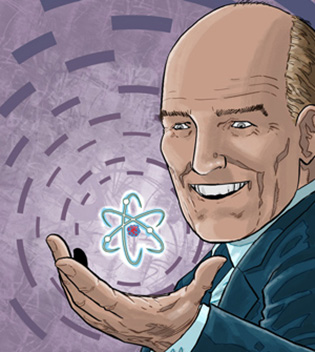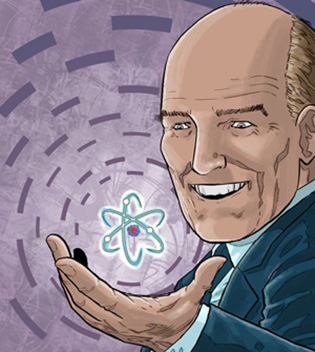Andy Trainer
26 Sep 2013
Jack Welch and the History of Six Sigma

In no small part due to Jack Welch, ex-CEO of General Electric, Six Sigma is now considered a staple of good business practice with over half of all Fortune 500 companies employing the methodology
This was not always the case.
Although developed and used in manufacturing by firms like Motorola in the 1980s, it took for Jack Welch and General Electric’s adoption of the principles to really spark US and global interest in Six Sigma.
For that reason, Jack Welch has played a pivotal role in its development and building reputation.
So why exactly did his use of Six Sigma make all the difference?
On our range of Six Sigma Training Courses, you’ll learn about the modern day uses and how it can benefit your business.
Six Sigma in the 80s
Before we address that, we need to understand the background and context of Six Sigma prior to Welch and GE.
Six Sigma was created in an initial form by Motorola in 1981, when lead engineers including Bill Smith decided that their incumbent method of measuring defects in thousands of opportunities wasn’t granular enough and so switched to measuring in millions instead.
This lead an enormous increase in savings for the company, leading to the Six Sigma process becoming formalised in the mid-80s for Motorola.
At this time, other companies began taking some interest but few really implemented Six Sigma on any significant scale.
Six Sigma and General Electric
In 1995, Jack Welch decided General Electric was due a radical overhaul. Guided by engineers and consultants, he realised that something needed to be done to reduce the raft of defects throughout the company.
His appointment came with the mandate to change the company for the better, in whatever ways necessary. That’s exactly what happened.
Over the course of 5 years of Six Sigma implementation, GE reported savings of $12 billion. That is an enormous improvement by any stretch!
There’s an old yarn that talks of how during a golf game, Welch bet his friend and Allied Signal CEO Larry Bossidy, that he could implement Six Sigma faster and more successfully at GE than Bossidy could at Allied Signal.
Whether true or not, Welch had clearly become a proponent of Six Sigma and championed its use in not just his own company, but in others around the world (even in small businesses).
Six Sigma into the New Millennium
Thanks to this championing of Welch and the unprecedented success Six Sigma had at GE, around the late 90s other companies began adopting Six Sigma. Some of the largest include Amazon, Boeing, Ford, GlaxoSmithKline and Samsung.
With the adoption of Six Sigma by such a huge number of multi-nationals, many of whom saw immediate and sustained success with its implementation, Six Sigma’s reputation was cemented and continues to prevail as business process of business champions.
So while Six Sigma owes its roots to Motorola, it has much to thank Jack Welch for its continued use today.
Check out our range of Six Sigma Courses for more info on Six Sigma.
Credit to davidtcabrera for main image.
